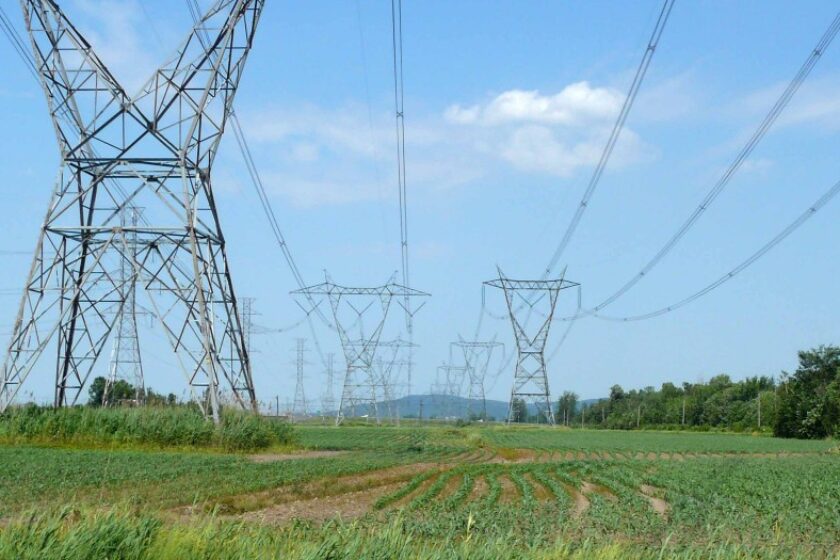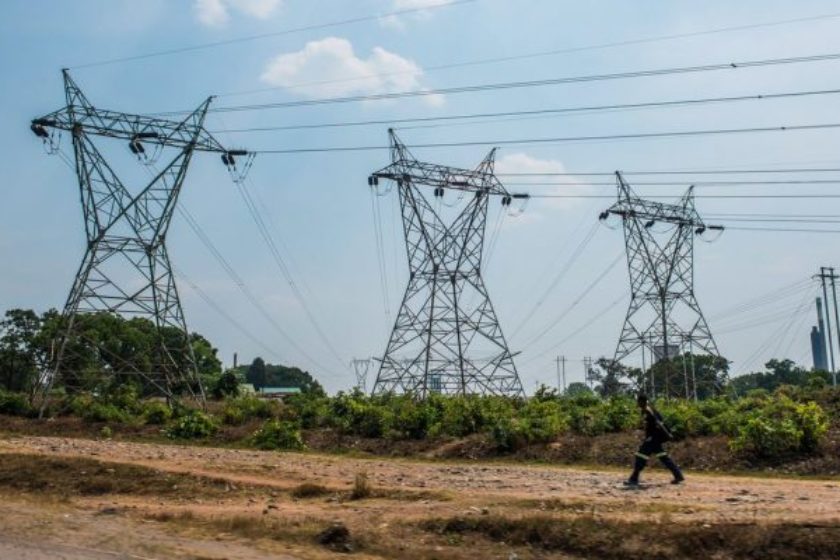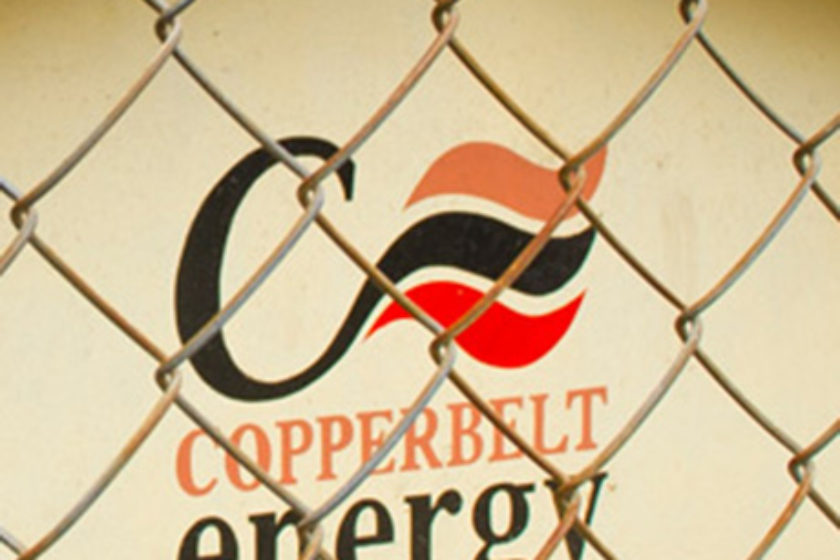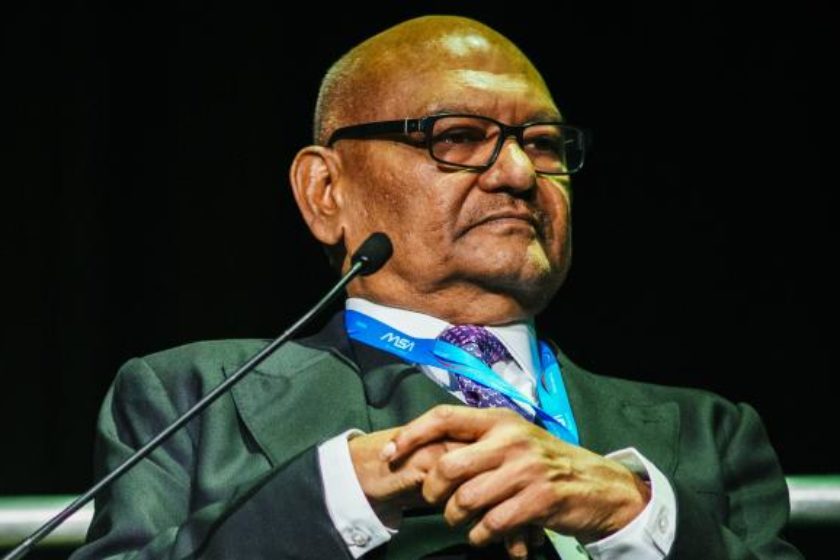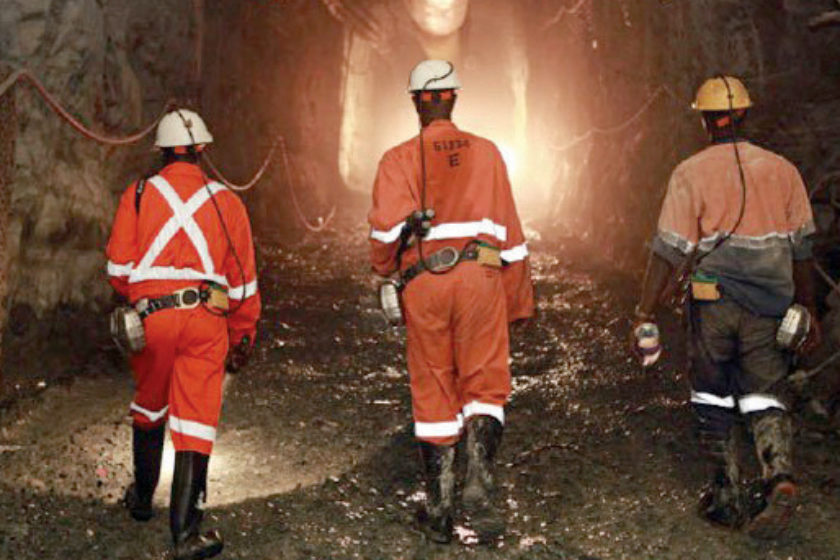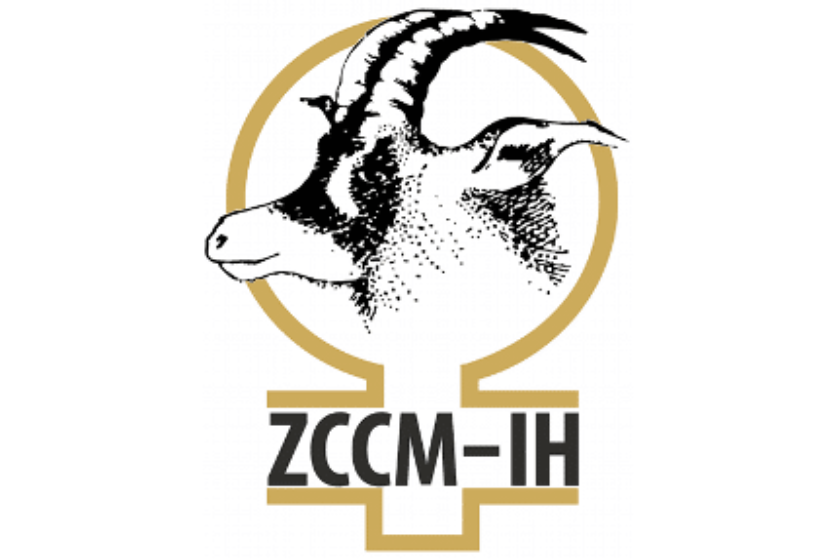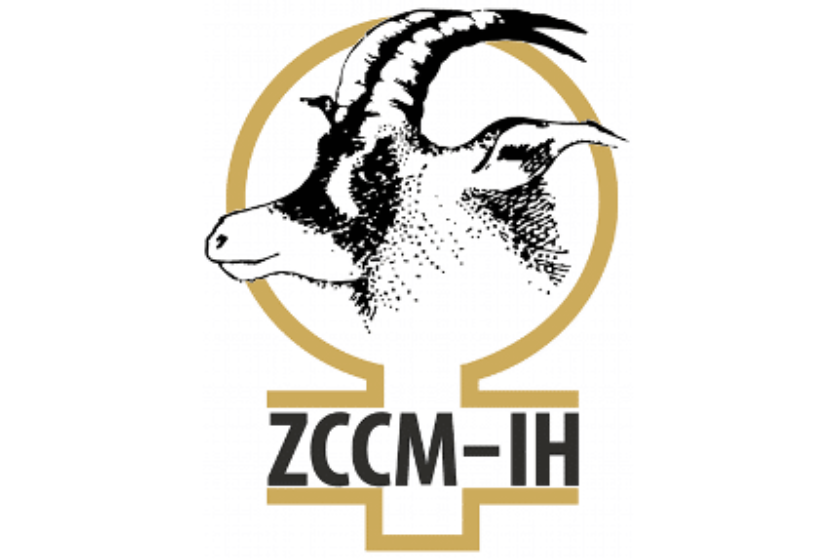TORONTO, Jan. 09, 2020 (GLOBE NEWSWIRE) — First Quantum Minerals Ltd. (“First Quantum” or the “Company”) (TSX:FM) today announced preliminary production for the three months and year ended December 31, 2019, and guidance for production, capital expenditure and costs for the years 2020 to 2022.
2019 PRELIMINARY PRODUCTION
The Company achieved its highest ever annual copper production of 702,000 tonnes, an increase of 96kt from 2018 production. Copper production in Q4 2019 was 204kt compared to 158kt in the same quarter in 2018.
Cobre Panama’s final mill (8th mill), came on line in mid-December, providing additional capacity on the third milling train. Mill throughput can now ramp-up to annualized production of 85 million tonnes. Mill throughput for the month of December was 6.6 million tonnes. Production for Q4 2019 was 60kt with 25kt produced in the month of December.
Kansanshi copper production for the fourth quarter was in line with the comparable period of 2018 though, as noted in Q2 and Q3 2019, lower oxide ore grades and resulting recoveries contributed to lower copper production for the year compared with 2018.
Sentinel copper production for the fourth quarter reflects lower feed grades and lower recoveries due to transitional ore mined from the east cutback of the pit which resulted in lower production compared with the comparable period of 2018.
Amounts are preliminary and subject to final adjustment. The final production figures will be provided in the Company’s financial results for the fourth quarter and year ended December 31, 2019.
| 000’s | Q4 2019 |
Q4 2018 |
Year 2019 |
Year 2018 |
| Copper production (tonnes)1,2 | 204 | 158 | 702 | 606 |
| Gold production (ounces)2 | 78 | 48 | 257 | 185 |
| Zinc production (tonnes) | 3 | 8 | 18 | 27 |
| Copper (000’s tonnes)1,2 | Q4 2019 |
Q4 2018 |
Year 2019 |
Year 2018 |
| Cobre Panama2 | 60 | – | 147 | – |
| Kansanshi | 61 | 62 | 232 | 252 |
| Sentinel | 51 | 61 | 220 | 224 |
| Las Cruces | 18 | 18 | 48 | 71 |
| Other | 14 | 17 | 55 | 59 |
| 204 | 158 | 702 | 606 |
| Gold production (000’s ounces)2 | Q4 2019 |
Q4 2018 |
Year 2019 |
Year 2018 |
| Cobre Panama2 | 28 | – | 60 | – |
| Kansanshi | 36 | 33 | 145 | 130 |
| Other | 14 | 15 | 52 | 55 |
| 78 | 48 | 257 | 185 |
1 Production presented on a copper concentrate basis, i.e. mine production only. Production does not include output from the Kansanshi smelter.
2 Copper and gold production volumes include pre-commercial and commercial production from Cobre Panama. Cobre Panama was declared in commercial production from September 1, 2019.
| Copper (000’s tonnes) | Q4 2019 |
Q4 2018 |
Year 2019 |
Year 2018 |
| Commercial | 204 | 158 | 634 | 606 |
| Pre-commercial | – | – | 68 | – |
| 204 | 158 | 702 | 606 |
| Gold (000’s ounces) | Q4 2019 |
Q4 2018 |
Year 2019 |
Year 2018 |
| Commercial | 78 | 48 | 233 | 185 |
| Pre-commercial | – | – | 24 | – |
| 78 | 48 | 257 | 185 |
2020 – 2022 GUIDANCE
Guidance is based on a number of assumptions and estimates as of December 31, 2019, including among other things, assumptions about metal prices and anticipated costs and expenditures. Guidance involves estimates of known and unknown risks, uncertainties and other factors which may cause the actual results to be materially different.
Production guidance
| 000’s | 2020 | 2021 | 2022 |
| Copper (tonnes) | 830 – 880 | 800 – 850 | 800 – 850 |
| Gold (ounces) | 280 – 300 | 280 – 300 | 280 – 300 |
| Nickel (tonnes) | 15 – 20 | 25 – 28 | 25 – 28 |
Production guidance by operation
Copper
| 000’s tonnes | 2020 | 2021 | 2022 |
| Cobre Panama | 285 – 310 | 310 – 330 | 310 – 340 |
| Kansanshi | 220 – 235 | 220 – 235 | 220 – 230 |
| Sentinel | 230 – 240 | 240 – 255 | 250 – 260 |
| Las Cruces | 52 | – | – |
| Other sites | 43 | 30 | 20 |
Gold
| 000’s ounces | 2020 | 2021 | 2022 |
| Cobre Panama | 120 – 130 | 125 – 135 | 135 – 145 |
| Kansanshi | 120 – 130 | 120 – 130 | 120 – 130 |
| Other sites | 40 | 35 | 25 |
Nickel
| 000’s tonnes | 2020 | 2021 | 2022 |
| Ravensthorpe | 15 – 20 | 25 – 28 | 25 – 28 |
Cash cost and all-in sustaining cost
| Copper ($/ lb) | 2020 | 2021 | 2022 |
| C1 | 1.20 – 1.40 | 1.20 – 1.40 | 1.20 – 1.40 |
| AISC | 1.70 – 1.85 | 1.70 – 1.85 | 1.70 – 1.85 |
Production at Ravensthorpe is expected to ramp-up through 2020. In the first two full years of production, 2021 and 2022, C1 and all-in sustaining cost costs are expected to be between $4.60 – $4.80/lb and $5.10 – $5.40/lb respectively.
Capital expenditure
| $ million | 2020 | 2021 | 2022 |
| Capitalized stripping | 250 | 250 | 250 |
| Sustaining capital and other projects | 600 | 600 | 600 |
| Total capital expenditure | 850 | 850 | 850 |
On Behalf of the Board of Directors of First Quantum Minerals Ltd.
G. Clive Newall
President
For further information visit our website at www.first-quantum.com
North American contact: Lisa Doddridge, Director, Investor Relations
Tel: (416) 361-3752 Toll free: 1 (888) 688-6577
United Kingdom contact: Clive Newall, President
Tel: +44 7802 721663
E-Mail: info@fqml.com
CAUTIONARY STATEMENT ON FORWARD-LOOKING INFORMATION
Certain statements and information herein, including all statements that are not historical facts, contain forward-looking statements and forward-looking information within the meaning of applicable securities laws. The forward-looking statements include estimates, forecasts and statements as to the Company’s expectations of production and sales volumes, and expected timing of completion of project development at Enterprise and post completion of construction activity at Cobre Panama and are subject to the impact of ore grades on future production, the potential of production disruptions (including at Cobre Las Cruces as a result of the land slippage in January 2019), capital expenditure and mine production costs, the outcome of mine permitting, other required permitting, the outcome of legal proceedings which involve the Company, information with respect to the future price of copper, gold, silver, nickel, zinc, pyrite, cobalt, iron and sulphuric acid, estimated mineral reserves and mineral resources, First Quantum’s exploration and development program, estimated future expenses, exploration and development capital requirements, the Company’s hedging policy, and goals and strategies. Often, but not always, forward-looking statements or information can be identified by the use of words such as “plans”, “expects” or “does not expect”, “is expected”, “budget”, “scheduled”, “estimates”, “forecasts”, “intends”, “anticipates” or “does not anticipate” or “believes” or variations of such words and phrases or statements that certain actions, events or results “may”, “could”, “would”, “might” or “will” be taken, occur or be achieved.
With respect to forward-looking statements and information contained herein, the Company has made numerous assumptions including among other things, assumptions about continuing production at all operating facilities, the price of copper, gold, nickel, zinc, pyrite, cobalt, iron and sulphuric acid, anticipated costs and expenditures and the ability to achieve the Company’s goals. Forward-looking statements and information by their nature are based on assumptions and involve known and unknown risks, uncertainties and other factors which may cause the actual results, performance or achievements, or industry results, to be materially different from any future results, performance or achievements expressed or implied by such forward-looking statements or information. These factors include, but are not limited to, future production volumes and costs, the temporary or permanent closure of uneconomic operations, costs for inputs such as oil, power and sulphur, political stability in Zambia, Peru, Mauritania, Finland, Spain, Turkey, Panama, Argentina and Australia, adverse weather conditions in Zambia, Finland, Spain, Turkey, Mauritania and Panama, labour disruptions, potential social and environmental challenges, power supply, mechanical failures, water supply, procurement and delivery of parts and supplies to the operations, and the production of off-spec material.
See the Company’s Annual Information Form for additional information on risks, uncertainties and other factors relating to the forward-looking statements and information. Although the Company has attempted to identify factors that would cause actual actions, events or results to differ materially from those disclosed in the forward-looking statements or information, there may be other factors that cause actual results, performances, achievements or events not to be anticipated, estimated or intended. Also, many of these factors are beyond First Quantum’s control. Accordingly, readers should not place undue reliance on forward-looking statements or information. The Company undertakes no obligation to reissue or update forward-looking statements or information as a result of new information or events after the date hereof except as may be required by law. All forward-looking statements and information made herein are qualified by this cautionary statement.
Source: Globe News Wire


